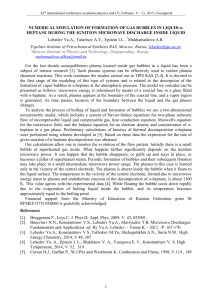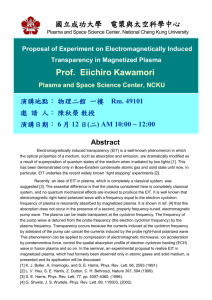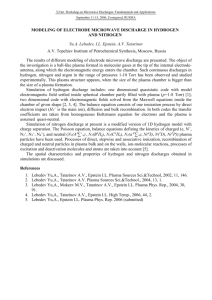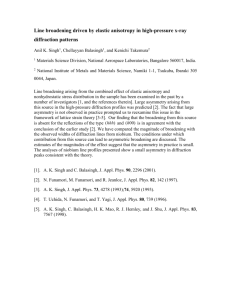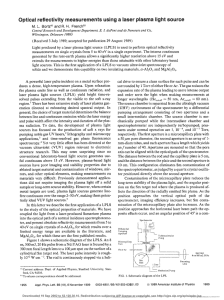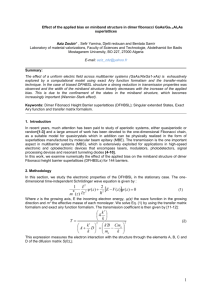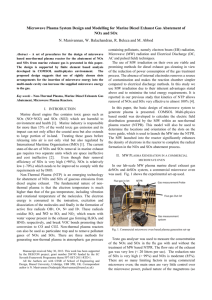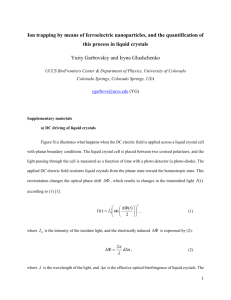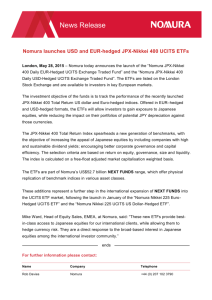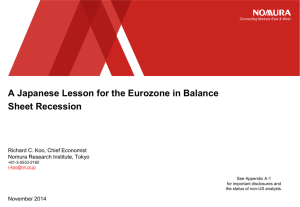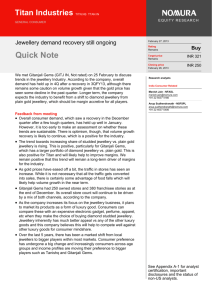GP-Lebedev_e
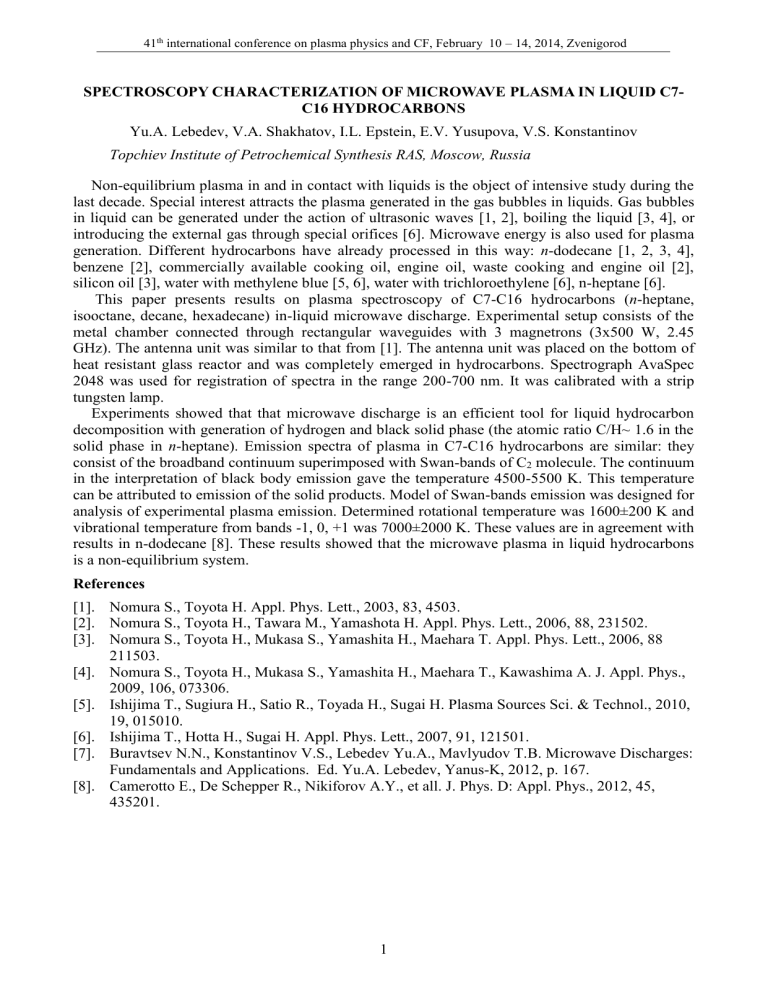
41 th international conference on plasma physics and CF, February 10 – 14, 2014, Zvenigorod
SPECTROSCOPY CHARACTERIZATION OF MICROWAVE PLASMA IN LIQUID C7-
C16 HYDROCARBONS
Yu.A. Lebedev, V.A. Shakhatov, I.L. Epstein, E.V. Yusupova, V.S. Konstantinov
Topchiev Institute of Petrochemical Synthesis RAS, Moscow, Russia
Non-equilibrium plasma in and in contact with liquids is the object of intensive study during the last decade. Special interest attracts the plasma generated in the gas bubbles in liquids. Gas bubbles in liquid can be generated under the action of ultrasonic waves [1, 2], boiling the liquid [3, 4], or introducing the external gas through special orifices [6]. Microwave energy is also used for plasma generation. Different hydrocarbons have already processed in this way: n -dodecane [1, 2, 3, 4], benzene [2], commercially available cooking oil, engine oil, waste cooking and engine oil [2], silicon oil [3], water with methylene blue [5, 6], water with trichloroethylene [6], n-heptane [6].
This paper presents results on plasma spectroscopy of C7-C16 hydrocarbons ( n -heptane, isooctane, decane, hexadecane) in-liquid microwave discharge. Experimental setup consists of the metal chamber connected through rectangular waveguides with 3 magnetrons (3x500 W, 2.45
GHz). The antenna unit was similar to that from [1].
The antenna unit was placed on the bottom of heat resistant glass reactor and was completely emerged in hydrocarbons. Spectrograph AvaSpec
2048 was used for registration of spectra in the range 200-700 nm. It was calibrated with a strip tungsten lamp.
Experiments showed that that microwave discharge is an efficient tool for liquid hydrocarbon decomposition with generation of hydrogen and black solid phase (the atomic ratio C/H~ 1.6 in the solid phase in n -heptane). Emission spectra of plasma in С7-С16 hydrocarbons are similar: they consist of the broadband continuum superimposed with Swan-bands of C
2
molecule. The continuum in the interpretation of black body emission gave the temperature 4500-5500 K. This temperature can be attributed to emission of the solid products. Model of Swan-bands emission was designed for analysis of experimental plasma emission. Determined rotational temperature was 1600±200 K and vibrational temperature from bands -1, 0, +1 was 7000±2000 K. These values are in agreement with results in n-dodecane [8]. These results showed that the microwave plasma in liquid hydrocarbons is a non-equilibrium system.
References
[1].
Nomura S., Toyota H. Appl. Phys. Lett., 2003, 83, 4503.
[2].
Nomura S., Toyota H., Tawara M., Yamashota H. Appl. Phys. Lett., 2006, 88, 231502.
[3].
Nomura S., Toyota H., Mukasa S., Yamashita H., Maehara T. Appl. Phys. Lett., 2006, 88
211503.
[4].
Nomura S., Toyota H., Mukasa S., Yamashita H., Maehara T., Kawashima A. J. Appl. Phys.,
2009, 106, 073306.
[5].
Ishijima T., Sugiura H., Satio R., Toyada H., Sugai H. Plasma Sources Sci. & Technol., 2010,
19, 015010.
[6].
Ishijima T., Hotta H., Sugai H. Appl. Phys. Lett., 2007, 91, 121501.
[7].
Buravtsev N.N., Konstantinov V.S., Lebedev Yu.A., Mavlyudov T.B. Microwave Discharges:
Fundamentals and Applications. Ed. Yu.A. Lebedev, Yanus-K, 2012, p. 167.
[8].
Camerotto E., De Schepper R., Nikiforov A.Y., et all. J. Phys. D: Appl. Phys., 2012, 45,
435201.
1
